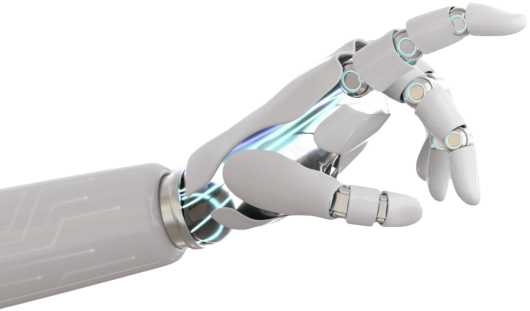
Genetic Programming is the extension of the genetic model of learning the space of programs. These programs are expressed as trees. In this work we use another representation, where, in contrast to the above, the chromosomes are a list of integers representing the programs rather than a tree representation. This is called GADS (Genetic Algorithm for Developing Software). GADS is a technique for genetic programming where the genotype is distinct from the phenotype. Our work involves the development of GADS in two directions. The first is called CGADS, where we mean constrained GADS. Tiiat is constraining the randomness by which the integers represented by the chromosomes are created. The second is called ADGADS, where in this case we mean Automatically Defined functions with GADS. That is part of a chromosome tpat here represents reusable functions where the rest of the chromosome is the main body of the program. In other words ADGADS may be seen as a development ofCGADS. To make a reasonable comparison between the three methods GADS, CG ADS, and ADGADS as well as comparison with Koza's work (4], the problem of symbolic regression is considered. Detailed analysis of this problem is performed and the results are clearly in favor of CG ADS and ADGADS. But, it is also clear that in many situations ADGADS has the edge in better performance than CGADS.
Genetic algorithm, Genetic programming, Symbolic Recognition Problem, GADS